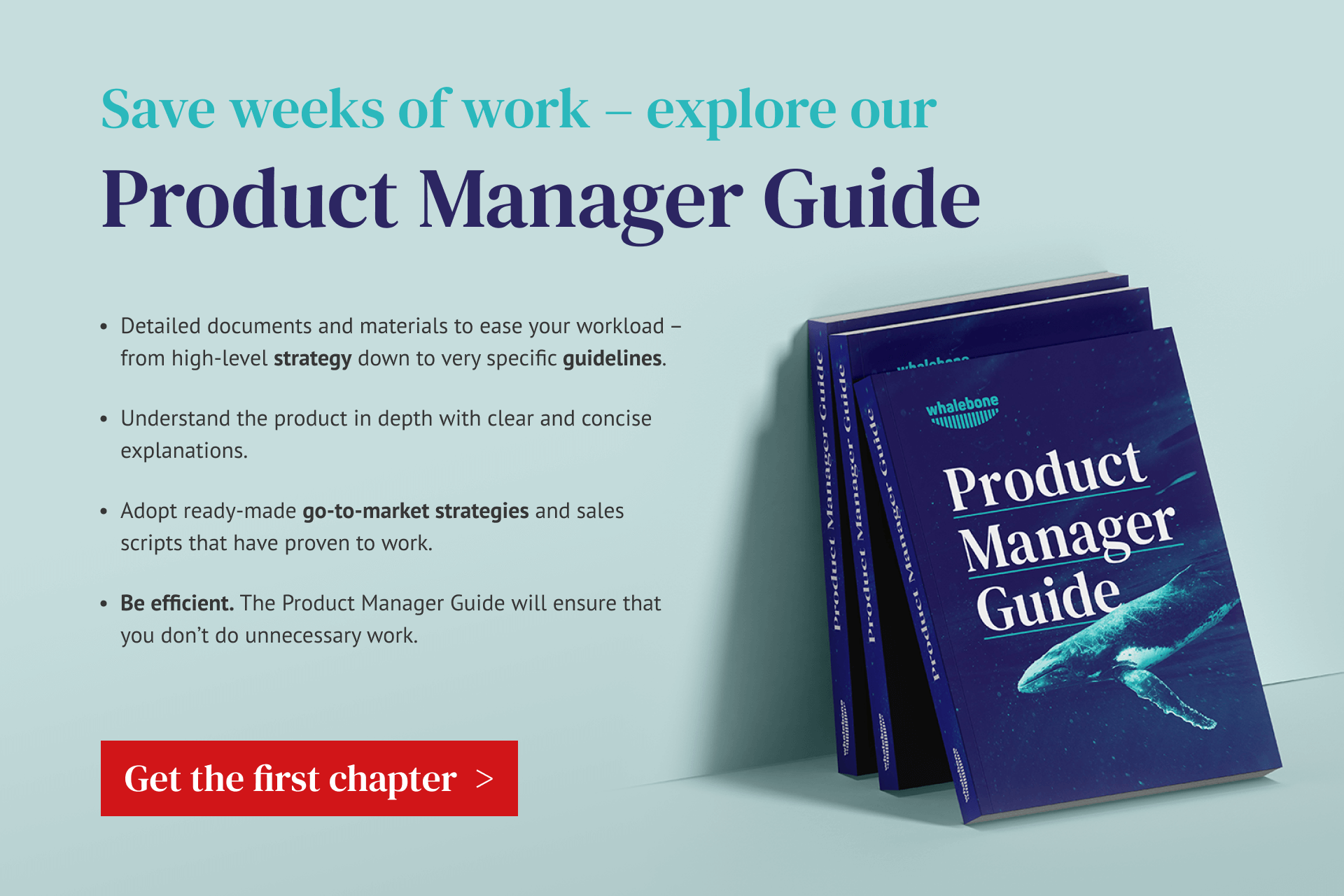Buying or implementing new software for enterprises is often a demanding and complicated process. Especially when we talk about products that are to be integrated into the complex network architecture of nationwide telecommunications operators. Months of work, getting stakeholder signoff, and reaching a final “yes” are just the beginning. Choosing the right product, though, might make the whole process much smoother.
One way or another, implementing a new product comes with costs. Be it for marketing promotional costs, human resources, the product itself, or other associated expenses. Ideally, the costs are reduced as much as possible, while the ROI appears quickly.
Let’s presume you have already justified the need for a given security product, or have a directive to acquire a security product, and now’s the time for you to build your business case and talk about the ROI. The question at this point is not if the expense is needed or not, rather how significant it will be and how long before the investment is paid off.
Before you pitch the project, make sure you will use the appropriate financial arguments and that you avoid being caught off guard. Many decision-makers will surely be more sensitive to clear numbers than to marketing and sales arguments. Calculate the ROI properly to show how this investment will eventually contribute to the shared goals of your company.

Calculating costs
The basic formula for ROI is to divide the Net Profit by Total Expenses and then multiply the result by 100. This gives you Return on Investment as a percentage. With your new cybersecurity product, the next question becomes how long before the whole investment is paid back.
Cybersecurity, in many instances, is a net cost center. It requires additional hardware – some of which can be very expensive – as well as additional personnel or the time of existing personnel to administer the solution. Furthermore, these expenses are difficult to offset with ROI, because they are expended to protect against theoretical future loss – from stolen data value, loss of company reputation, potentially even actual stolen funds. In this situation, security functions as an insurance device and can be hard to justify according to a specific cost/revenue calculation.
However, Whalebone Aura is quite unique across the cybersecurity landscape for several reasons. Among these are its lack of cost and potential to generate revenue. Firstly, there is often very little to no capital expenditure. Thanks to its architecture tailored for telcos, Aura can be implemented very simply, and your teams will be assisted throughout the whole process. Our white-label interface can be rebranded with maximum ease and all the customer touchpoints including the end-user portal up and running in a matter of weeks.
Implementation costs, therefore, are surprisingly low and quite easy to calculate for a given deployment. The proof of the rapid implementation process for Aura-telco-branded products is the fact that we are the market leader in implementation time by far.
After you go through the process of designing your new product with our team and decide what go-to-market strategies from our Product Manager Guide you want to follow, you’ll be able to precisely estimate the costs associated with your product launch as well.
Calculating the profit
As discussed above, Aura is different from other products in the cybersecurity landscape in that it has minimal upfront costs, but also because it offers telcos the opportunity to generate actual profit, rather than protect against loss.
Depending on the strategy of your choice, pricing, and budget, we’ll help you project expected adoption rates in time. You can then calculate expected revenues for a given period of time and mark the moment when all the previously spent expenses will have been covered.
For example, by offering customers a no-installation security product that keeps them safe online, for which they can register with a single click, telcos gain a significant additional line of business. Aura customers have seen an average adoption rate of 50% (conservatively), with low churn. Combining these benchmarks with your current ARPU and projected pricing per customer for Aura, you can easily identify profit potential within your business case. Combining this with a (conservatively projected) time-to-market, helps you show growth over time more clearly.

Additional inputs
Naturally, it’s not all about a simple ROI formula. Given the fact that a great security offering works as a differentiator and can potentially increase your conversion rates of certain audiences when communicated adequately. You can take this into account as well.
On top of that, all telecommunications operators have to invest in usability improvements. Not only does this product protect your customers while raising your revenue, but they stay safe from malicious ads slowing their devices, illegal coin miners using their CPU to mine cryptocurrencies, Command & Control centers making their devices take requested actions, and omnipresent online threats that significantly reduce the user experience. Keeping your customers safe positively affects their user experience and reduces churn.
Naturally, as is always the case with cybersecurity, potential losses associated with not having invested in cybersecurity are rather difficult to calculate but unreasonable to overlook.
Finally, maintenance costs are usually considered. We can forget about this for now, since Aura comes with technical SLAs, so you’ll get the support you need when necessary, without having to calculate a service plan renewal cost. Similarly, product marketing SLAs are a part of the deal, too.
We’ll walk you through all of this
The whole process is fine-tuned to the point of being frictionless. And you won’t go through it alone. Subscribe to our Product Manager Guide to get a sneak peek of how we will lead you through all of this, including calculating the ROI and preparing the internal presentations. We’ll show you what kind of groundwork needs to be done to help you make the case and calculate easily.




